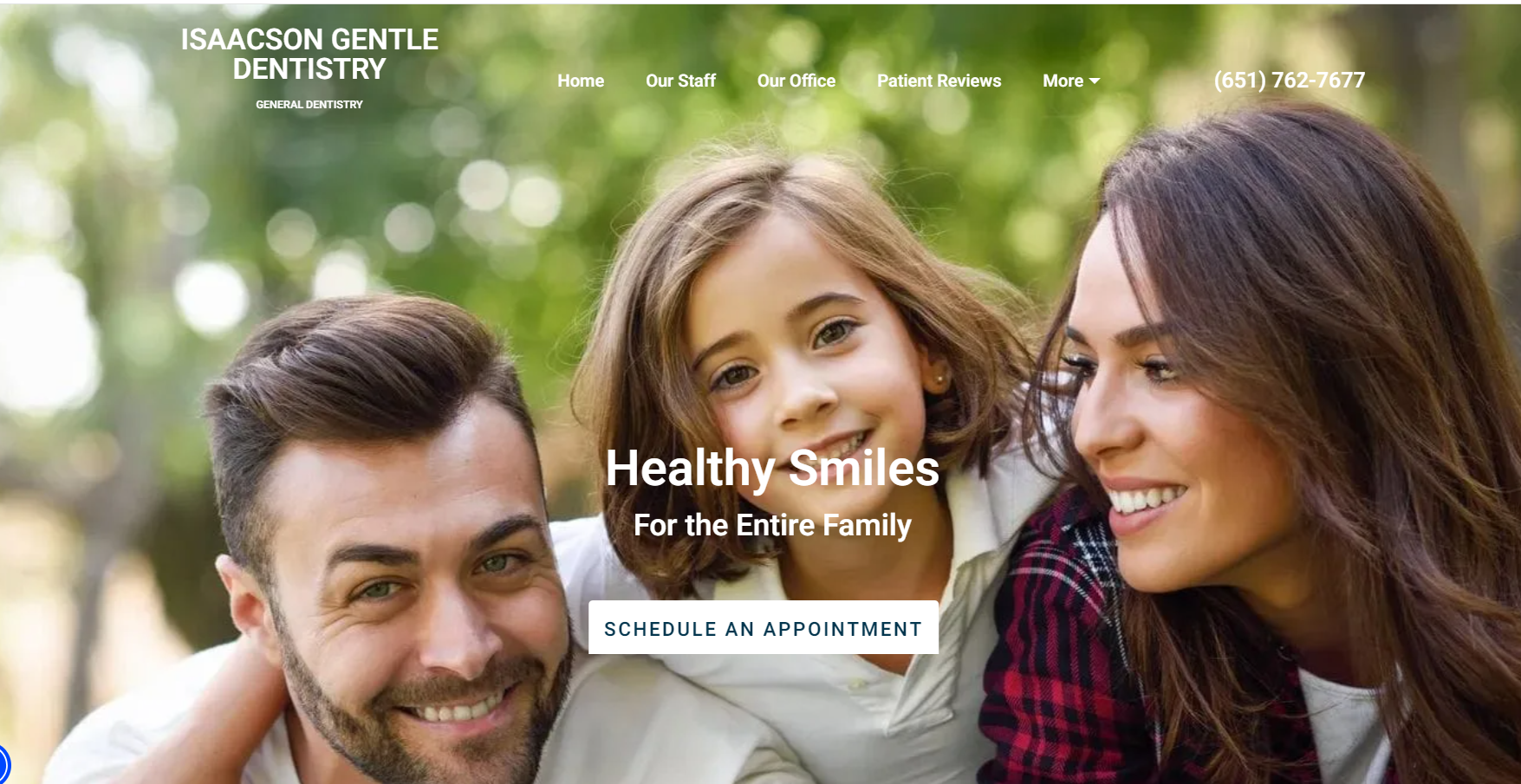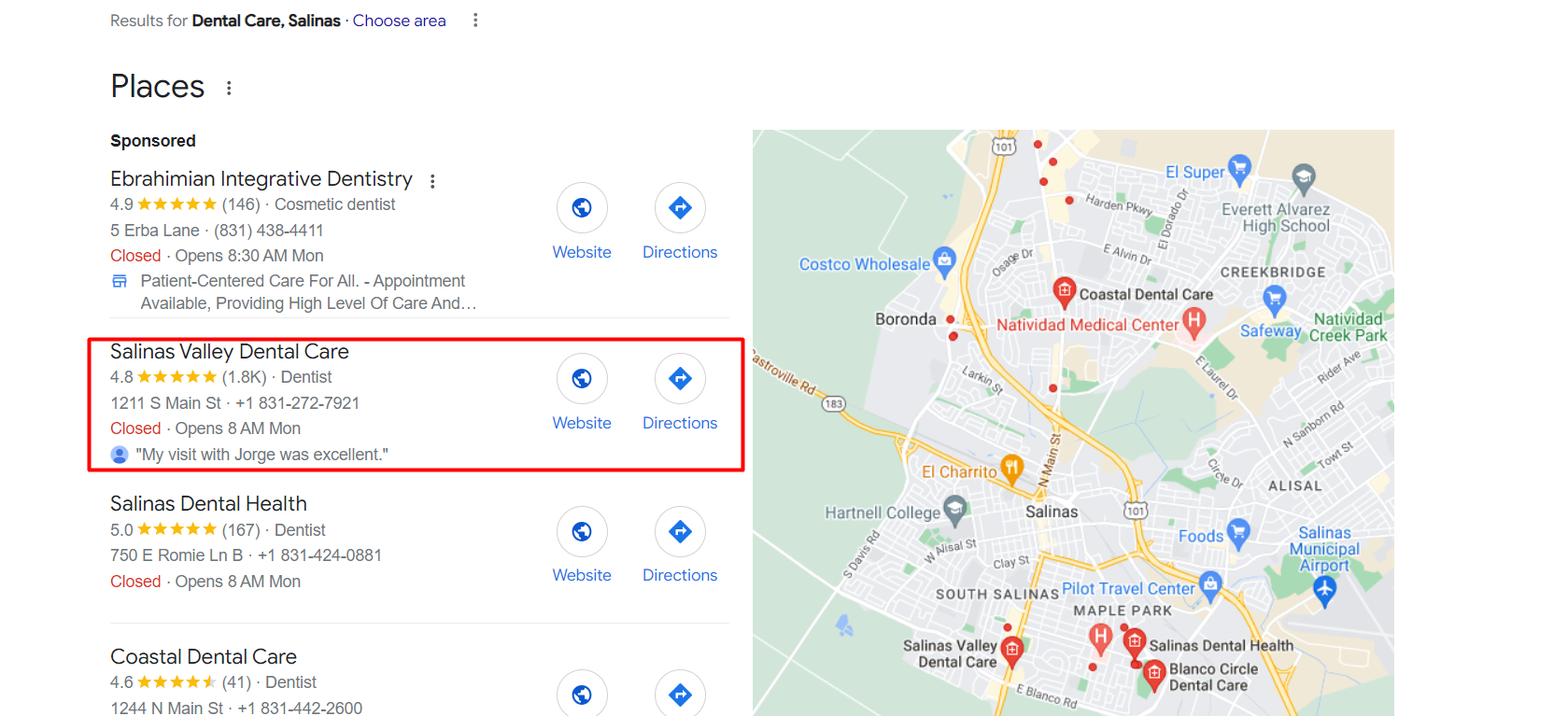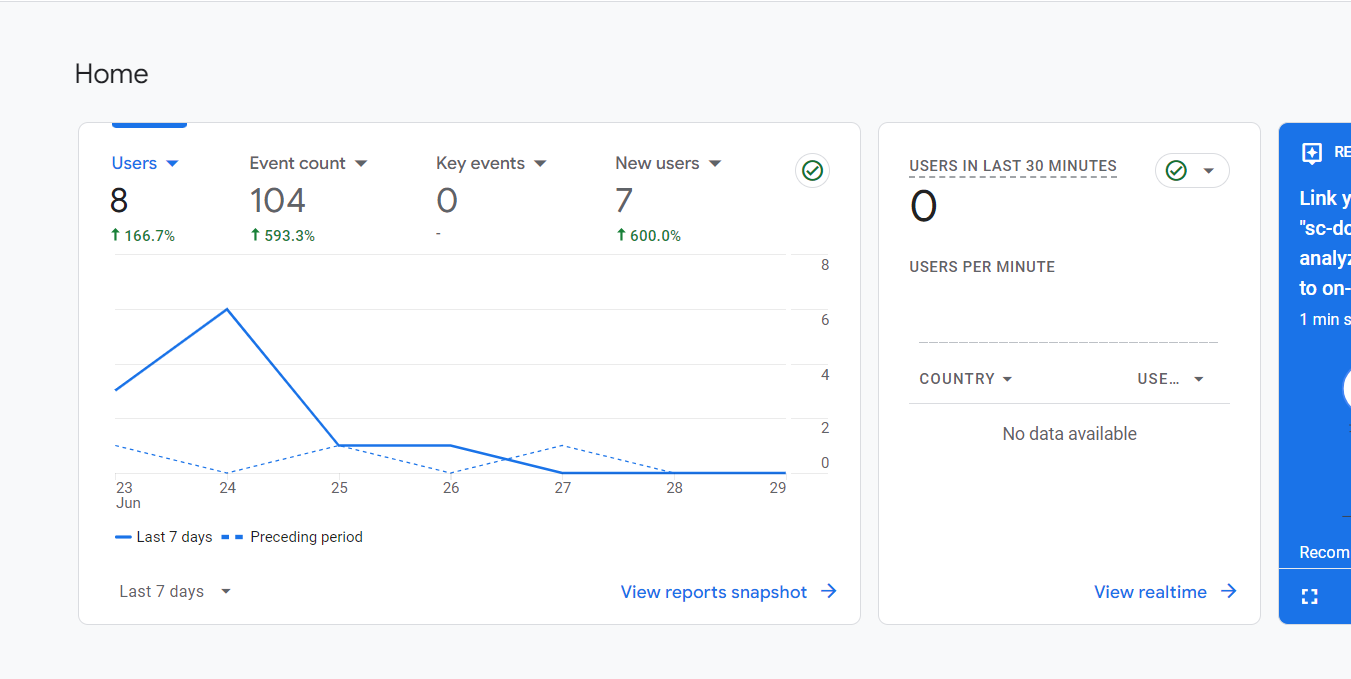Conducting a Comprehensive Local SEO Audit: Step-by-Step Guide
A lot of companies target a smaller audience and market their goods or services locally instead of nationally or internationally. There is a way to do this appropriately, and the approach you need is what we call local SEO.
Local SEO simply means you are using keywords that people in your target geography are likely to search for. What you want is to use words that nearby customers would also look for.
Local SEO begins with conducting a site audit. In this article, we will show you how to do this. In addition, you will learn what actions to take and what strategies work best for your situation. In the end, you will have adequate knowledge to:
- Pinpoint SEO pain areas
- Assess your SEO strength
- Create and execute an action plan for business growth
Our goal is to teach you how to be competitive digitally, making you spot business opportunities that your competitors have not, and work on them to achieve dominance.
What is a Local SEO Audit?
In today’s constantly changing digital environment, local businesses need to maintain a competitive edge online, which frequently involves outperforming competitors and establishing authority in your local community.
A crucial step to stand out in local searches is conducting a Local SEO Audit, which helps ensure your business’s online visibility.
This audit involves thoroughly examining different factors that affect your online presence, enabling you to identify areas that need enhancement.
SEO Immediate Goals
- What elements to focus on in your region
- Areas in your location where you can find customers
- Keywords they use
- What services do they need and how to search for them on search engines
Consider this audit as a preliminary study. It’s like understanding the terrain before you go to war. Once you do know the conditions, you can strategize and compete with an advantage.
Guide for Performing a Local SEO Audit: A Detailed Walkthrough
An experienced SEO consultant can perform a comprehensive SEO audit based on their expert understanding of SEO strategies. Nevertheless, to assist you in getting started, we have drafted an uncomplicated, detailed guide to follow.
Basic SEO Audit: Steps to Follow
1. Are your keywords optimized?
A strong local SEO strategy starts with thorough keyword research. Recognize the phrases potential customers use to discover businesses similar to yours. Are you focusing on the correct keywords?
For example, if you are offering dental services in Salinas, California, does your website have the following words:
- California
- Dental services
- Dental Office
- Salinas
- South Salinas
- Maple Park
- Creek Bridge
- North Salina
- Dentist
- Braces
- Toothache
These keywords are just for starters. There are many more. If a person types “dentist in North Salinas” in Google Search, will Google show your website? It won’t if these words are not on your web pages.
The immediate goal is to confirm that relevance, search volume, and local intent are in sync with your web pages.
The way Google works is complicated, but we can simplify it. It is an index, or a ledger, of all publicly accessible web pages. If a web page contains words that a user is looking for, then Google will show that web page.
Of course, it is much more complicated than that, but that is the essence of it. Google uses sophisticated algorithms to determine the web page’s relevance to the user’s intent. It is how Google decides which web pages will be at the top of the search results.
2. Audit Your Website
Your online presence is reflected mainly through your website. Examine its structure, information, and performance.
For example, ask yourself: Is it easy for visitors to navigate?
Tailor your website for local search queries by providing:
- Precise business details
- Easily accessible contact information
- Pertinent local content
Factors such as page load speed, mobile compatibility, and the accessibility of information also impact user experience and user interface satisfaction.
If a website loads so slowly, Google will not likely show it to a user. Why? This is because slow load speeds affect user satisfaction. Google will not recommend a website to a user if it knows that the user will be disappointed.
Mobile compatibility simply means your website must open on mobile, not as a desktop view, but on mobile view. It has to be vertical, and the website must automatically remove or hide elements typically found on desktop browsers.
Here is an example of a desktop browser view:

Now, here is an example of a mobile view:

As you can see, a lot has changed. For one, the menu options are gone on the mobile view. Instead of having a list of Home, Staff, Our Office, etc., all these are combined in one hamburger menu.
The hamburger menu is the icon with three lines at the top left. Once tapped on a phone, it will expose the menu choices to the user.
3. Update your Google Business Profile
Your Google Business Profile serves as a digital storefront on Google Maps and completing it is free, so it’s something every business must prioritize.
Ensure that your information is verified, provide accurate business hours, and select appropriate categories for your services. Additionally, make sure to prompt customers to write reviews, as these can have a substantial effect on your local search rankings.
Here is how it looks:

I highlighted one entry that is not sponsored. As you can see, a user has an immediate view of the operating hours, address, star rating, phone number, and review.
4. Keep an eye on local mentions
Mentions on the internet and citations in local listings are extremely important for local search engine optimization.
It’s important to make sure that your business details are the same across various directories, websites, and social media platforms.
Any inconsistencies could impact how high up you appear in search engine results. Conflicting information might confuse customers and lead to a decrease in their trust in your business.
5. Stay on top of customer reviews
Customer reviews are social proof that can sway potential customers so it’s important to regularly monitor and respond to reviews on platforms like Google, Yelp, and others.
Address concerns, express gratitude for positive feedback, and demonstrate your commitment to customer satisfaction. This can be done as part of your SEO audit, but also on an ongoing basis.
6. Make sure to review your analytics (Google Analytics or Google Search Console, for example)
Analytics offer important insights into how well your website is performing locally. Monitor organic traffic, user interactions, and conversions.
Here is an example of analytics data:

This is merely a snapshot, but you can see more data in the tool. For example, you will know from which city and or region your site visitors come from.
You can also analyze stats like:
- Bounce rate
- Average engagement time
- Where or how do people find your website
Google Analytics is an excellent tool for conducting an SEO audit as it offers the aforementioned metrics and numerous additional resources that can be very helpful.
7. Look at what your competitors are doing
Examining competitors’ local SEO efforts can yield valuable insights. Understanding their local SEO strengths and weaknesses is crucial. Evaluate their keyword usage, content strategies, backlink profiles, and their performance on search engines.
Utilize this information to enhance your strategy and distinguish yourself in local search results. Additionally, you can capitalize on their weaknesses and fill the gaps.
Resources and Tools for Your Local SEO Audit
Many tools are available to make the local search SEO audit process more efficient. We recommend starting with free tools, as there is a wide variety available, and they can enhance your local SEO efforts without impacting your budget.
Recommended SEO Tools
Here are some excellent examples of free SEO audit tools:
- Google Business Profile
- Semrush Listing Management
- Georanker
- Local Falcon
- Google Analytics
- Synup
A variety of processes are addressed by these tools, such as keyword analysis, local performance, local visibility, and review management.
Analyzing Audit Results and Taking Action
After completing a thorough assessment of your local SEO, gather your discoveries. Arrange action items in order of their impact on your online presence.
Immediate Actions to Take:
- Make changes to your website
- Edit your Google Business Profile
- Make adjustments to your other social media profiles
Continuously monitor and fine-tune your approach until you get to a point where your website is always at the top of the search engine results pages.
It’s essential to understand that SEO is an ongoing process, and regular SEO audits need to be carried out. The goal is to consistently evaluate and enhance your strategy so that you are constantly ahead of your local competitors.
Summary
In the world of local business competition, a well-planned local SEO strategy can have a significant impact, which you can do with a free local SEO audit.
By regularly reviewing and taking proactive measures, you can ensure that your business remains visible and easily accessible to your local target audience. Allocate time to evaluate your online presence, make necessary modifications, and watch your business prosper in local searches.
Keep in mind that the digital environment is constantly changing, so your approach to local SEO should be dynamic as well. Stay updated, stay optimized, and stay ahead of the competition. Your local customers are searching for you – make sure they discover your business first!

